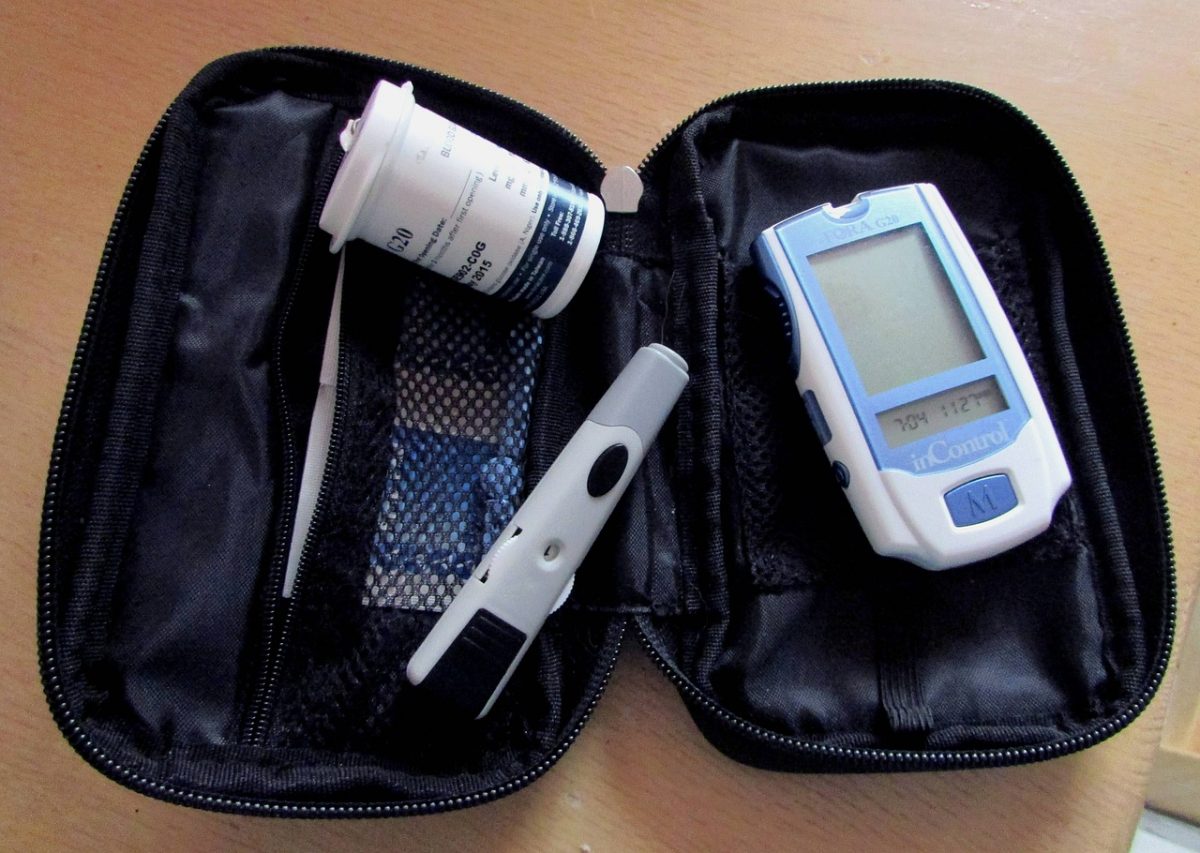Managing diabetes can be difficult, even for those that have lived with the disease for many years. For the newly diagnosed, it can be scary and overwhelming. Diabetics receive factual information about the disease from their physician. That doesn’t address the psychological aspect when individuals are at home and faced with the reality of a new lifestyle and a disease that can kill them. That’s when a diabetic support group can prove invaluable.
Diabetes has a profound effect on a person’s life. It changes an individual’s perspective and a diabetic support group can be life-changing. Individuals with diabetes know what they’re supposed to do to manage their disease, but implementing change and taking those actions consistently is an entirely different matter. Research has discovered that people that participate in a diabetic support group are more successful at managing the disease.
People with diabetes often feel alone with nowhere to turn, particularly if they don’t know anyone else that has the disease. A diabetic support group provides a sense of community. People discover there are many others going through the same emotions, difficulties and successes.
The practical advice provided through a support group is beyond compare. Individuals have access to others that are facing the same issues. A diabetic support group is an excellent place to get tips on everything from exercise and recipes to managing diabetes at parties and when traveling.
Another important aspect of diabetic support groups is that people can learn about new therapies, special events, and some support groups even feature guest speakers for those that meet in person. Diabetic support groups are also available online and are particularly important to those that live in smaller towns, rural areas, and those without the time or transportation to attend in person.
A diabetic support group provides an essential personal connection. Diabetics must learn that taking care of themselves is a priority if they’re to care for loved ones and be effective at work. Diabetic support groups help people stay on track, navigate through the challenges of living with the disease and celebrate their successes.
If you would like to find out about earning cash for your unwanted, unused and boxed test strips, complete our online quote form today.
If you have extra, unopened and unused boxes of diabetic test strips – whether you have switched brands, no longer need to test or test less frequently, or have a loved one who has passed away – don’t let them gather dust until they’ve expired and end up in the trash. We’re the best place to sell diabetic test strips online, and if you want to sell your test strips, we’re here to make the process easy and enjoyable!
Visit us at Sell Your Test Strips and get your free quote today!
Like us on Facebook









